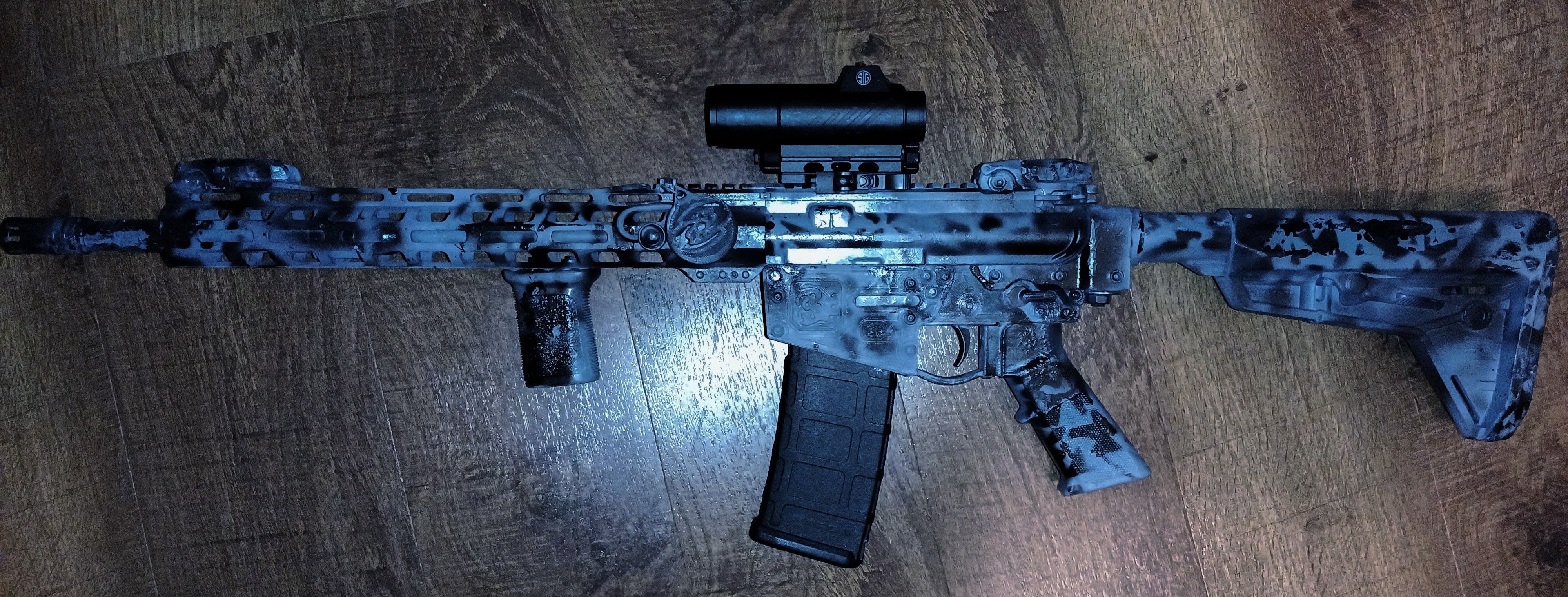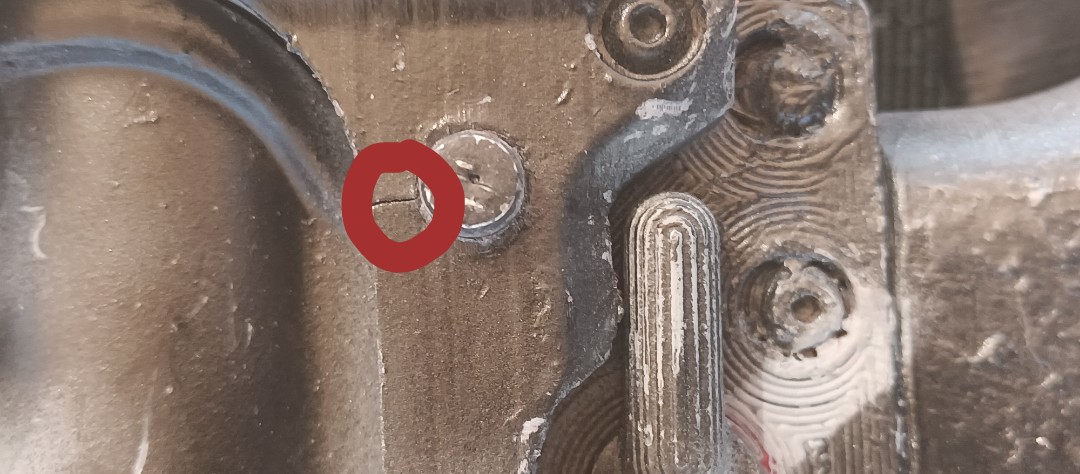The Firebolt (AR15 Modular Lower)

Material: PLA+
Caliber: .223 Rem/5.56mm and 22lr (Also supports 9mm and .45 ACP)
Round Count and Status: 150 Rounds but broke during testing.

It's a shame that this 3D printed lower broke in the most anti-climatic fashion because while it was working, this lower was actually holding up really well. But before I can explain how this lower broke, I must elaborate on what the Firebolt is. You see, with the AR 15 lower being designed around aluminium, the original design of the lower is not well suited for being made out of plastic. The buffer area where the pistol grip and stock meet in particular is a major weakpoint in many low end polymer lowers and especially with many early 3D printed AR lowers. While these plastic lowers are perfectly fine for something like 22lr. Anything centerfire in caliber is going to be very harsh on the structure integrity of the lower. So you have to work around these limitations if you are going to use plastic for an AR lower. Some designs use bolts and clamps to improve the rigidness or the lower. Others such as the KP15 and similar commerical and non-commerical designs, use a monopoly design in which the stock, pistol grip, and lower are all one piece and thus the lower is plastic but strong enough to handle the recoil of a centerfire cartridge. Then you have the firebolt which does something rather unique. Rather than printing one single lower, the lower is printed in seperate parts which are then screwed together with various M3 bolts. The result is something that is rather ugly but reasonably strong enough to hold together with the additional benefit of being modular enough to repair any broken parts or even do a cartridge swap for the lower by simply changing the magwell. The whole concept was very appealing to me which is why I opted to print this design over the other AR designs first.
There were quite some headaches when I was attempting to print some of the parts for this rifle but thankfully, the modular design insured I only had to reprint troublesome parts rather than the whole thing like you would with a typical lower. Once eveythign was assembled, I had to get some hardware parts and put the lower together. Screwing the M3 screws was simple enough. They will be very tight so a drill and some filing tools are highly recommended...no required. Especially for the makeshift takedown pins which I found to be extremely tight at first (Spoiler alert: this is where the major problem of this design will come back and haunt me later on). Overtime however, these pins were coming out fairly easily till the point where I didn't need to keep a hammer and pin with me just to take down the rifle for cleaning. I also opted to use the Ubolt design as it would provided (supposedly) better reinforcement to the buffer tube area). I've taken this rifle to a couple of range outings but insisted on starting with a 22lr conversion bolt carrier group first. Apart from the crappy ergonomics and safety (which was not as refined as it would be on a real AR15 lower), the gun worked just fine in 22lr. I felt confident enough that the lower was ready for .223/5.56 so I swaped out the 22lr bolt conversion for a proper mil-spec bolt carrier group, loaded a magazine and imagine my shock but it actually worked! I shot some very accurate groups with the spare upper I used for this 3D printed lower and everything was working fine for a couple of range sessions. Even did a few magdumps to see if there would be any structural damage and I didn't notice anything unusual. Then once everything was done, I tried to remove the rear takedown pin and that's where the problem finally occured. A fatal one at that. The takedown pin caused the lower frame to crack because of how tight the fit was to the lower. It was a very severe crack as the buffer stock was now flexing and I while the rifle would still fire, the buffer spring was clearly getting caught up and the action was very sketchy and sluggish. I didn't think it was safe to fire this rifle anymore so I had to put it to rest. I disassembled the rifle, took out the fire control group and trashed out the broken parts which I do plan on reprinting later. This is still a design I have to mess around with as there are many modular parts and caliber conversions to go through alongside various features that are excluded and included for some of the files. The one I printed didn't have a bolt catch and it was very annoying to have to rack the charging handle just to see if the chamber was empty like it was an AK.
One thing that's kind of cool with this design and just 3D printed lowers in general is that with a little bit of C.A.D. knowledge, you can engrave and personalize these lowers to your liking. I put some custom logos on some of the magazine wells and did a little bit of urban camo paintjob on my 3D printed lower which looked very cool when it was working. I was hoping the paintjob would at least help mend the plastic a little to keep the frame a litte more sturdy but those takedown pins ended up being a major weakspot in the end. Oh well. I can always print another one anways.
Return to Catalog